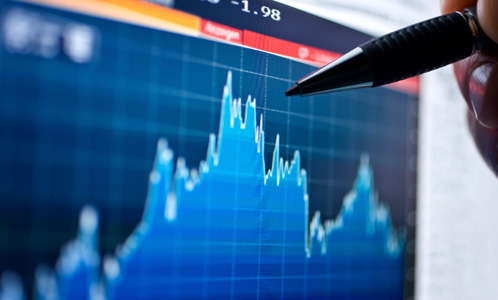Much like our Asian equity ETF example above, the ETF didn’t increase the volatility of the local market, it just showed you where that market was valued even when it was closed. At the end of the day, a stock is worth what it’s worth and a bond is worth what it’s worth. ETFs are going to trade at a price that reflects where you can trade in the ETF’s underlying market. They simply reflect prices—they don’t cause them to move.
If we shift from stocks to bonds and look at fixed income ETFs, we must consider two things: first, that an ETF is a portfolio that trades intraday; and second, that it’s difficult to see intraday transactions in the bond market. Most investors have difficulty seeing bond price movements intraday; there is no ticker tape you can look to, and most data sources are delayed or hard to access. But if you have a bond ETF, the dynamic changes: The nature of this investment allows you to see price fluctuations intraday.
A great example of this is “Taper Tantrum” that began in May 2013. Interest rates in the U.S. spiked suddenly at this time, and a lot of different bond investments dropped in price, high-yield ETFs included. Investors who were holding high-yield ETFs wondered why the price was falling. A quick look at the high-yield ETF market revealed that other high yield ETFs were dropping in price. If you could look at high yield bond trades you would have seen that they were declining as well. Most investors couldn’t see both the high yield bond market and the ETF market, but if they could they would see that the high yield ETF was reflecting the price drops in individual high yield bond trades. It’s not that the ETFs caused the dip; it’s that their prices simply reflected what was already there, but hidden.
And this is another form of price discovery. The bond market and the bond ETF are both trading at the same time, but one is hard to see while the other is more visible. The ETF helps investors discover what is really happening in fixed income markets throughout the day.
Carefully consider the Funds’ investment objectives, risk factors, and charges and expenses before investing. This and other information can be found in the Funds’ prospectuses or, if available, the summary prospectuses which may be obtained by visiting www.iShares.com or www.blackrock.com. Read the prospectus carefully before investing. Investing involves risk, including possible loss of principal.
